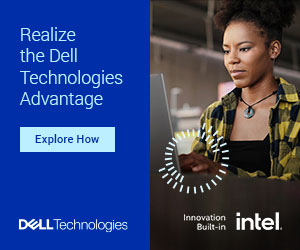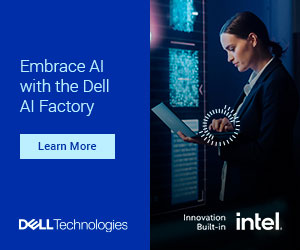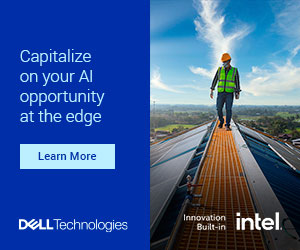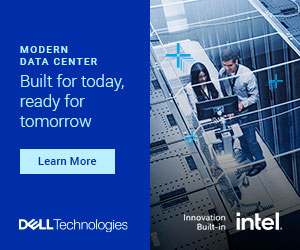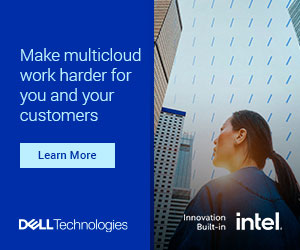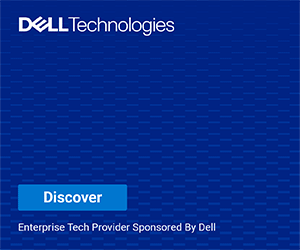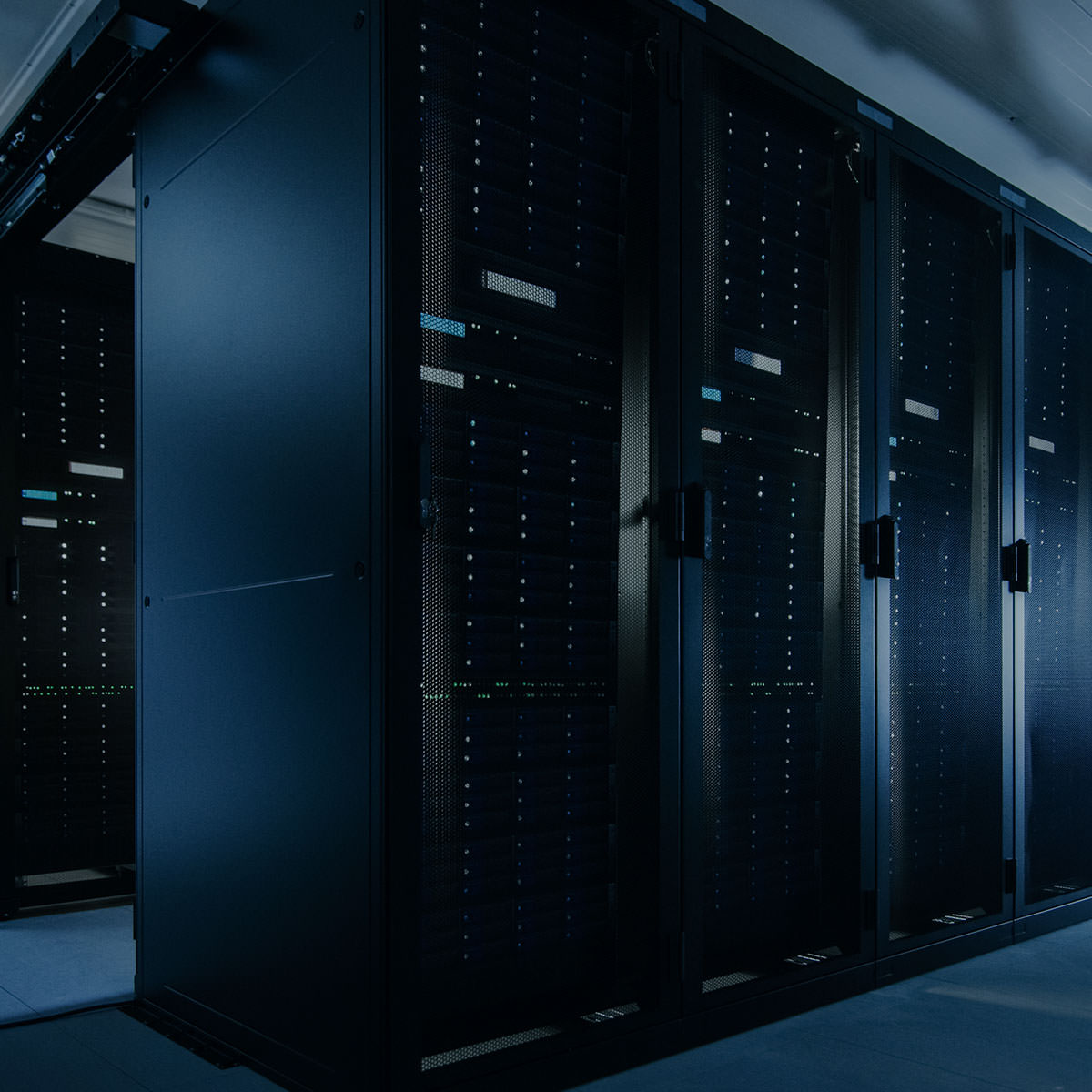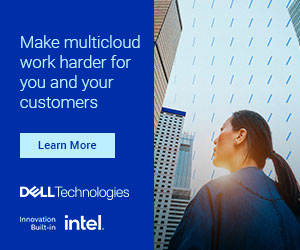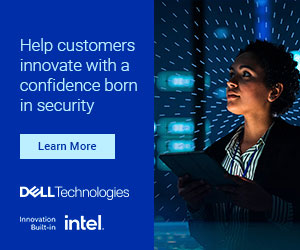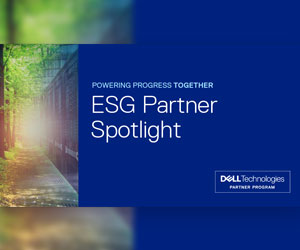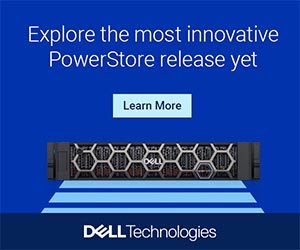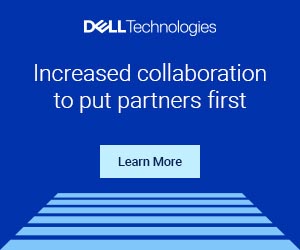The ability to harness data efficiently can provide a company with actionable insights faster and more cost-effectively. However, most companies are not set up to process the wide variety of unstructured data types now being generated (blogs, social media, etc.). What’s more, the rate at which unstructured data is being produced is now practically eclipsing the total amount of an average company’s structured data.
This brings up not only storage challenges, but the challenges of actually processing such a large myriad of data types. Fortunately, there is a solution: the implementation of an effective data modernization strategy.
What is a data modernization strategy?
Data modernization refers to the implementation of a modern data processing infrastructure, if you will, that which enables businesses and its IT leaders to better consume and interpret information for the purpose of anticipating market changes and improving business outcomes.
IT, of course, plays a key role in the roll-out of a data modernization strategy, and therefore has significant influence over an organization’s ability to achieve maximum success in this regard. This can be achieved by investing wisely in proven technology that can turn otherwise unstructured, raw data efficiently into organized, actionable insights that not only achieves their company’s data management and analytics goals, but is able to do so across all platforms and environments so that decisions can be made in real time — without the time and cost burden of traditional extract, transform, load processes.
How to achieve a good data modernization strategy
A modern business must focus on updating and building out their data infrastructure in order to effectively modernize their company’s core data strategy. To do this, it is important to first determine and deploy a framework of data solutions, as well as data privacy and governance methodologies to construct and manage a scalable, modern data platform capable of achieving peak value, advancing operations, and reducing capital expenses.
While apps can serve as a quick solution to solving some of these data management issues, these programs can’t do their job effectively without the proper server technology to support them. That’s because vast quantities of data type require robust memory and storage options.
How can you as a Solution Provider help?
Partnering with a seasoned managed service provider can ease the burden of implementing a data modernization strategy. In taking on this role, you can help provide a data modernization infrastructure that consolidates otherwise siloed data sources, and migrate existing legacy systems to a faster, more cost efficient data management system, one that ultimately helps your clients realize the following benefits:
• Uncover new market opportunities
• Increase insights into historical results
• Increase insights into new products and services
• Improve forecast accuracy
• Increase customer spend
• Minimize cost of maintaining compliance
How can Dell Technologies help?
Armed with the power of Dell’s EMC PowerEdge servers, your clients will enjoy cutting-edge advancements across processor, memory, networking, and storage technologies, that which allows them to refine their data into information that drives valuable business insights. This will instantly position them ahead of competitors who are otherwise still struggling with aging technology.
Couple this with Dell EMC OpenManage, modern data management platform and complementary data and infrastructure services, your clients will have the infrastructure in place to readily support their business with IT services for new data-driven intelligent applications, business processes, and analytics powered from the edge to the core.
Learn more by visiting here



